On a global scale, the four-legged robot dog is rising at an alarming rate and has become a bright star in the robot industry. This trend not only reflects the rapid progress of science and technology, but also reflects the fundamental change of market demand. This paper will sort out and analyze the development status, technology application, market prospect, future prospect, social impact and ethical considerations of the global quadruped robot dog.
The development status of quadruped robot dog
The design of the four-legged robot dog is inspired by animals in nature, and its unique four-legged support structure gives it the ability to move flexibly in complex terrain. Its core strength lies in the integration of cutting-edge artificial intelligence technology, which enables it to autonomously navigate and complete a variety of complex tasks.
Due to its advantages of small size, fast speed and relatively low cost, this kind of robot performs well in tasks such as reconnaissance and inspection in complex environments.
In recent years, many companies have poured into this emerging market and achieved remarkable results.
For example, Unitree B2 launched by Yushu Technology has successfully performed power inspection tasks in substations.It shows the excellent performance of four-legged robot dog in diverse application scenarios.
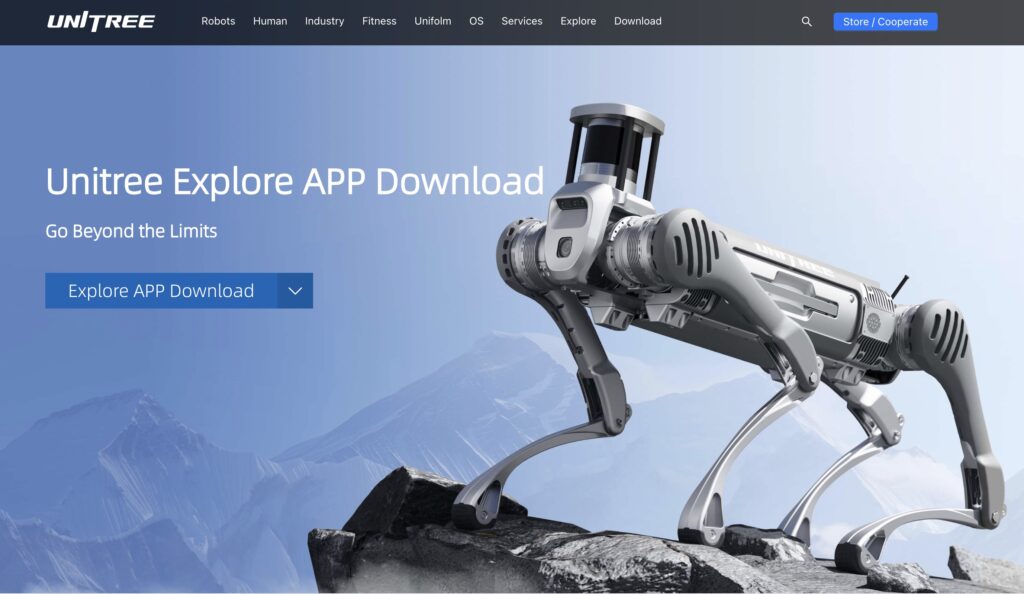
In addition, Zhongjian’s Lingrui P1 four-legged robot dog also occupies a place in the inspection market with its excellent performance. These successful cases not only highlight the diversity of the four-legged robot dog, but also indicate its huge market potential.
Technical application, challenges and solutions of quadruped robot dog
With its excellent flexibility and adaptability, quadruped robot dog has shown a wide range of application prospects in many fields.
In the military field, it can conduct information reconnaissance and tactical support in complex terrain, significantly improving the combat capability and security of the troops. Compared with humanoid robots, quadruped robot dogs have more advantages in terms of size and cost, and may dominate the procurement of military robots in the future.
In addition to military applications, quadruped robotic dogs also play an important role in many scenarios such as fire protection, patrol inspection, security patrol and family companiation.
In fire rescue, it can replace rescue workers into toxic, hypoxic, prone to collapse and other high-risk environments for search and rescue, and can also transport relief supplies and equipment to provide strong support for rescue work.
In the inspection scene, the four-legged robot dog can collect fine data and transmit it to the background for analysis and processing, so as to realize fully autonomous intelligent inspection.
Despite remarkable progress in quadruped robotic dogs worldwide, a number of technical challenges remain. These challenges include:
Complex terrain adaptability: Although the four-legged robot dog has been able to walk in a variety of terrains, the stability and efficiency in extreme environments (such as deserts, snow, swamps, etc.) still need to be improved.
Solution: Improve the adaptive ability of the robot dog in complex terrain by optimizing the leg structure and dynamical system, as well as introducing more advanced sensors and algorithms.
Autonomous decision-making and intelligence level: Although the current quadruped robot dog has a certain degree of autonomous navigation and obstacle avoidance ability, it is still a big challenge to make high-precision decision-making and autonomous action in complex environments.
Solution: Combining artificial intelligence technologies such as deep learning and reinforcement learning to improve the intelligence level and autonomous decision-making ability of the robot dog. At the same time, more types of sensors, such as lidar and millimeter wave radar, are introduced to enhance their environmental perception capabilities.
Endurance and energy management: The endurance of the quadruped robot dog directly affects its application range and use time. At present, many robot dogs still face problems such as short battery life and long charging time.
The solution: Develop more efficient and longer-lasting battery technology and optimize energy management systems to improve the endurance and energy efficiency of the robot dog.
Cost issues: Although the market prospect of quadruped robot dog is promising, its high research and development and production costs are still a major factor restricting its widespread application.
The solution: Reduce costs by scaling up production, using standardized components, and optimizing supply chain management. At the same time, it actively seeks funding sources such as government support and venture capital to promote the commercialization process of quadruped robot dog.
The market prospect of three and four legged robot dog
Data from market research institutions show that the size of the global military robotics market has reached $17.85 billion in 2023 and is expected to grow to $32.24 billion by 2030, at a compound annual growth rate of 9.1%.
China is particularly prominent in the four-legged robot dog market, with research predicting that domestic sales could reach 394,800 units by 2031, an almost eight-fold increase from 2025.
With the continuous maturity of technology and the expansion of market demand, the four-legged robot dog will become an important force to promote the development of the robot industry.
At present, more than 60 countries are equipped with various kinds of military robots, and the four-legged robot dog has shown many successful cases.
In addition, with the change of consumer market demand, the commercial potential of quadruped robot dog is further explored. Relevant enterprises are actively investing in research and development and innovation to fully prepare for the upcoming industry outbreak period.
The global quadruped robot dog market presents a diversified competition pattern.
On the one hand, the industry leaders, represented by Boston Dynamics and Yushu Technology, continue to lead the industry development by virtue of their advantages in technology, brand and market share.
On the other hand, numerous start-ups and research institutions are also actively investing in R&D to try to make breakthroughs in specific fields.
In addition, with the continuous maturity of technology and the expansion of market demand, more and more multinational enterprises have begun to enter the field of quadruped robot dog, and accelerate the layout through cooperation, mergers and acquisitions and other ways. These enterprises usually have strong financial strength, advanced technology foundation and rich market experience, and are expected to bring a new competitive landscape and development opportunities to the quadruped robot dog market.
The future prospect and development trend of quadruped robot dog
In the future, the robot technology represented by the four-legged robot dog will not only continue to consolidate its position in the military field, but may also expand to more civilian fields. With the introduction of more innovations, the quadruped robot dog will undoubtedly open a whole new chapter in the market, bringing unprecedented opportunities for industry players.
However, the popularity of four-legged robot dogs may also raise ethical and safety issues. Applications in areas such as security and inspection require careful consideration to ensure the safety and well-being of humans. At the same time, enterprises also need to pay attention to supply chain issues to ensure the stable supply of core components and cost control.
The development trend of quadruped robot dog in the future includes:
Technology integration and innovation: With the continuous development of artificial intelligence, Internet of things, big data and other technologies, the quadruped robot dog will achieve higher levels of autonomous navigation, environment perception and intelligent decision-making capabilities. At the same time, through the collaboration with other intelligent devices such as Uavs and unmanned vehicles, a more perfect intelligent system is formed.
Expansion of application scenarios: With the continuous progress of technology and the reduction of cost, the application scenarios of quadruped robot dog will continue to expand. In addition to military, fire protection, inspection and other fields, it will also be widely used in family services, education and entertainment, medical rehabilitation and other civilian fields.
Standardization and modularization: In order to improve production efficiency, reduce costs and promote technological innovation, the standardization and modularization of quadruped robot dog will become an important trend of future development. Through formulating uniform technical standards and interface specifications, the interoperability and compatibility between different manufacturers are realized.
The social impact and ethical considerations of the global quadruped robot dog
With the continuous progress and wide application of four-legged robot dog technology, their impact on society has become increasingly significant. These impacts include both positive aspects, such as increased productivity, improved working environment, and enhanced safety protection, and may also bring some potential ethical and social issues.
Employment and labor substitution: The wide application of quadruped robot dogs in inspection, rescue, transportation and other fields may have a substitution effect on traditional labor, resulting in the disappearance of some jobs. This will have a certain impact on the job market and social stability.
Ethical considerations: While promoting the four-legged robot dog, we should pay attention to its impact on the job market, and take corresponding policy measures, such as providing vocational training and encouraging innovation and entrepreneurship, to alleviate potential employment pressure.
Privacy and data security: Quadruped robotic dogs may collect a large amount of environmental data and human information when performing tasks, and the security and privacy protection of these data become a big challenge.
Ethical considerations: A sound data protection mechanism should be established to ensure that the data collected by the quadruped robot dog is not abused or leaked. At the same time, the supervision and transparency of data usage should be strengthened to protect the public’s right to know and privacy.
Responsibility and Moral Decision making: In complex environments, a quadruped robot dog may need to make moral decisions, such as selecting rescue objects or prioritises tasks in emergency situations. These decisions may involve life safety and ethical principles and need to be handled carefully.
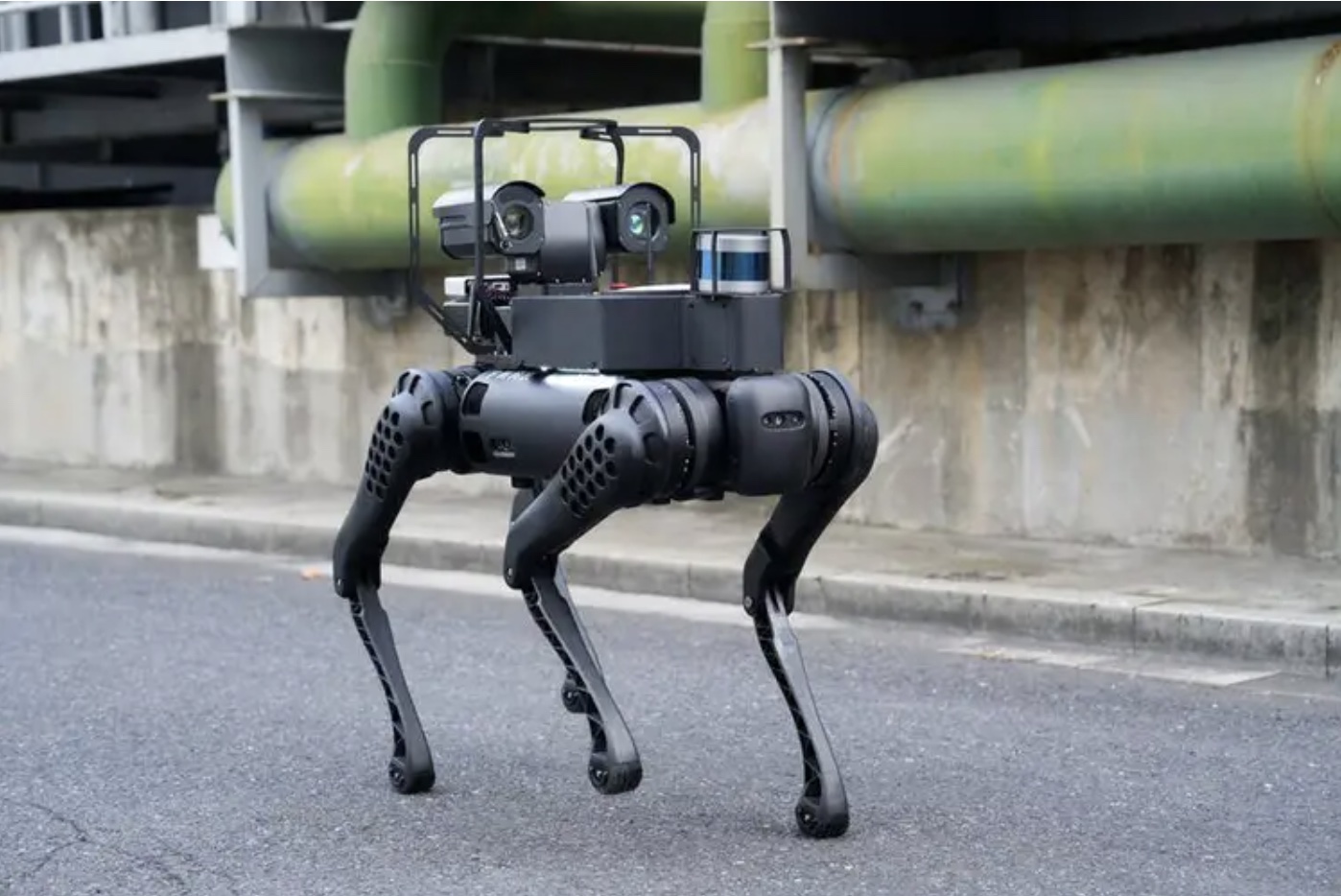
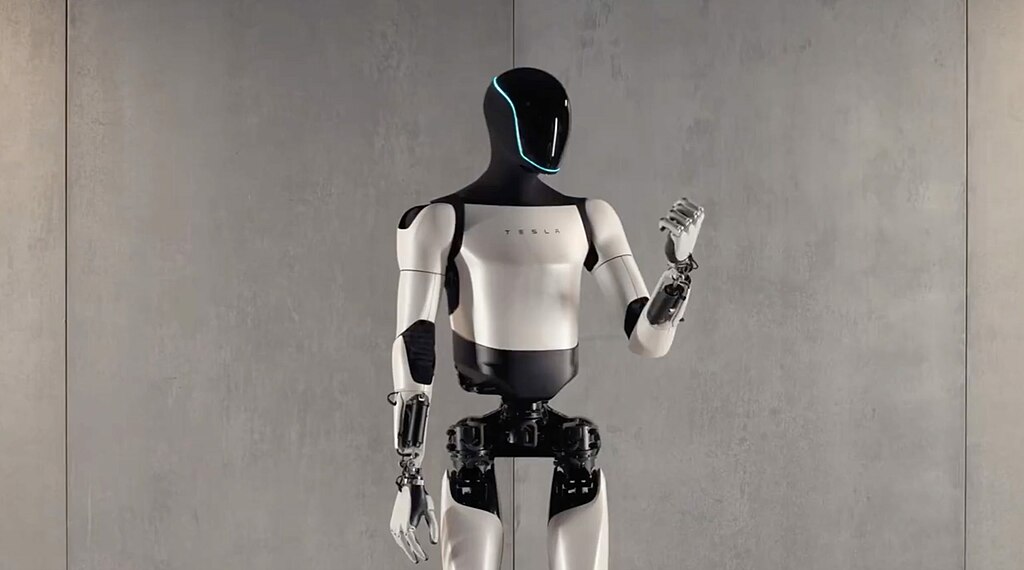
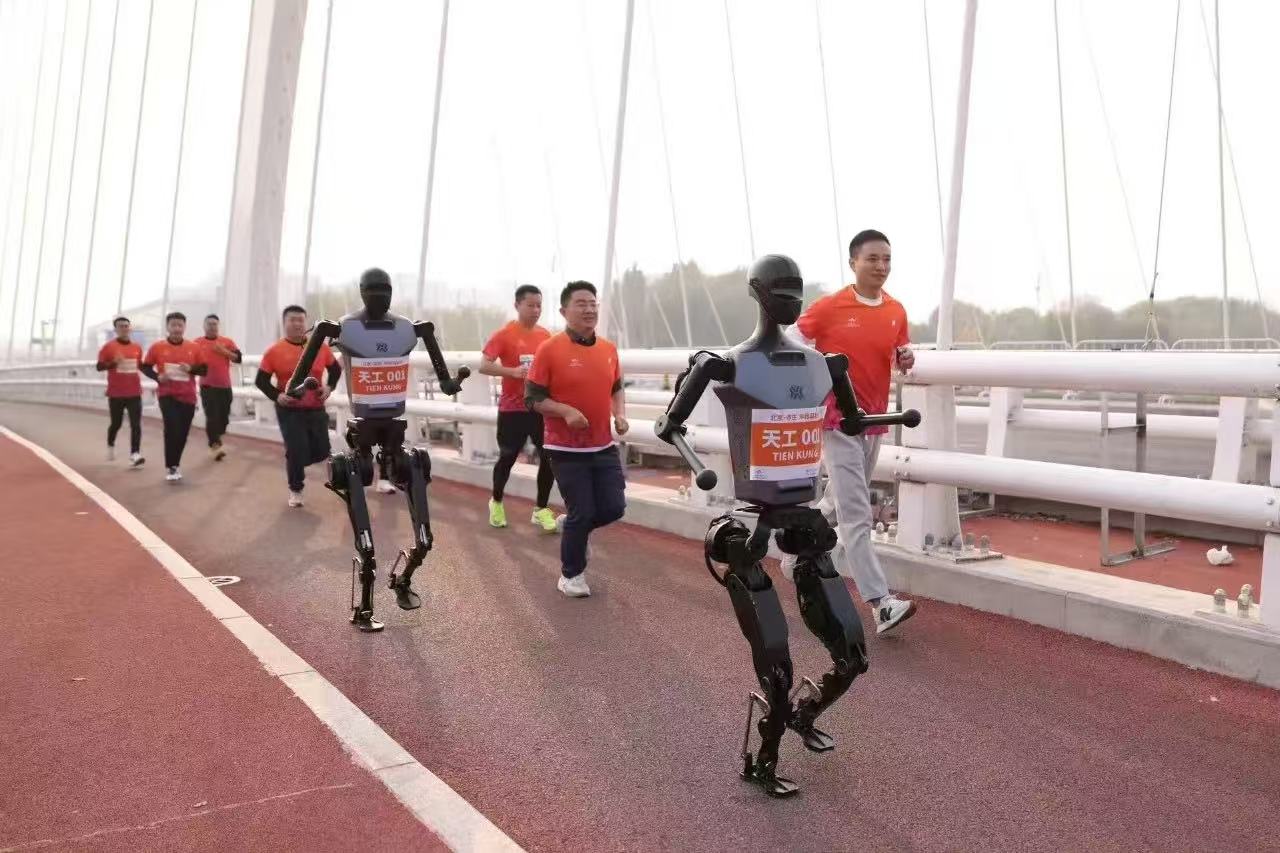
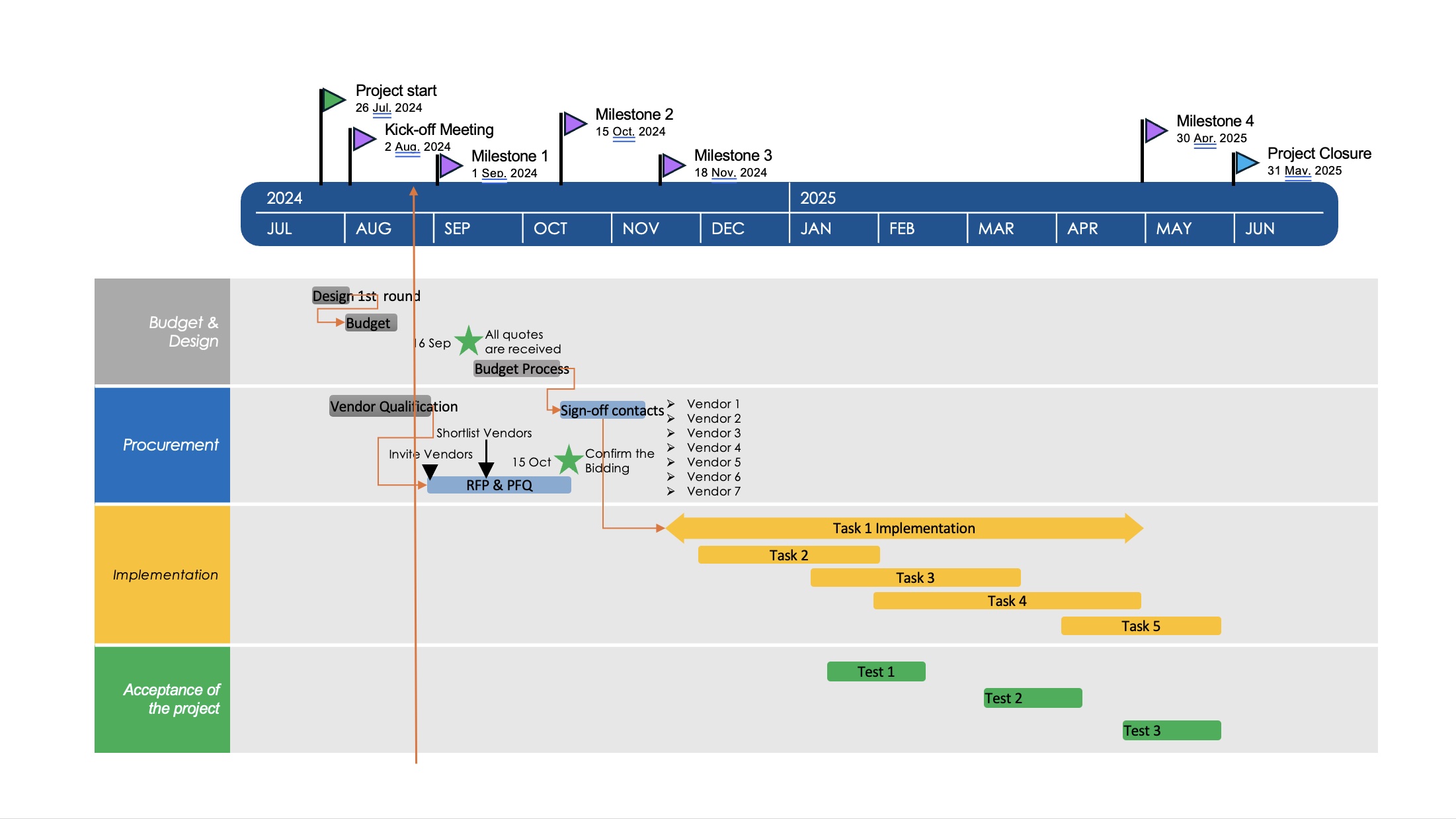
Your blog is a constant source of inspiration for me. Your passion for your subject matter shines through in every post, and it’s clear that you genuinely care about making a positive impact on your readers.